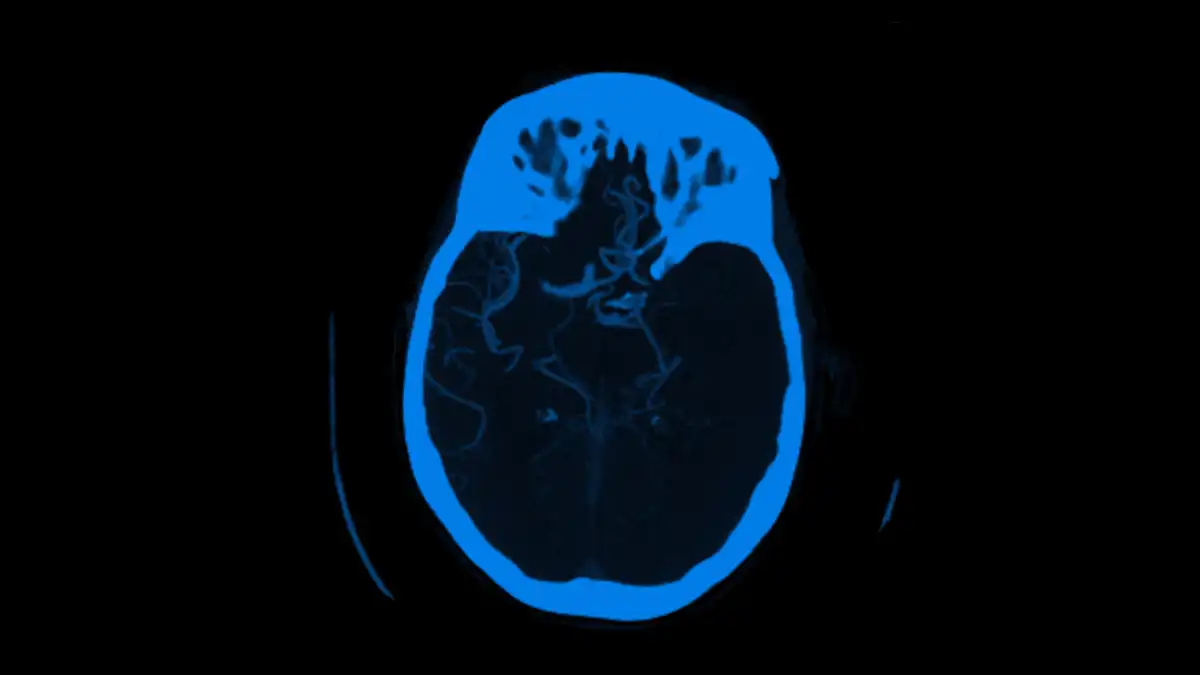
Viz™ LVO
AI software detection of large vessel occlusion stroke on...
Background Artificial intelligence (AI) software is increasingly applied in stroke diagnostics. However, the actual performance of AI tools for identifying...
Jan 27, 2022

Artificial intelligence (AI) software is increasingly applied in stroke diagnostics. However, the actual performance of AI tools for identifying large vessel occlusion (LVO) stroke in real time in a real-world setting has not been fully studied.
To determine the accuracy of AI software in a real-world, three-tiered multihospital stroke network.
All consecutive head and neck CT angiography (CTA) scans performed during stroke codes and run through an AI software engine (Viz LVO) between May 2019 and October 2020 were prospectively collected. CTA readings by radiologists served as the clinical reference standard test and Viz LVO output served as the index test. Accuracy metrics were calculated.
Of a total of 1822 CTAs performed, 190 occlusions were identified; 142 of which were internal carotid artery terminus (ICA-T), middle cerebral artery M1, or M2 locations. Accuracy metrics were analyzed for two different groups: ICA-T and M1 ±M2. For the ICA-T/M1 versus the ICA-T/M1/M2 group, sensitivity was 93.8% vs 74.6%, specificity was 91.1% vs 91.1%, negative predictive value was 99.7% vs 97.6%, accuracy was 91.2% vs 89.8%, and area under the curve was 0.95 vs 0.86, respectively. Detection rates for ICA-T, M1, and M2 occlusions were 100%, 93%, and 49%, respectively. As expected, the algorithm offered better detection rates for proximal occlusions than for mid/distal M2 occlusions (58% vs 28%, p=0.03).
These accuracy metrics support Viz LVO as a useful adjunct tool in stroke diagnostics. Fast and accurate diagnosis with high negative predictive value mitigates missing potentially salvageable patients.
Researcher :
Stavros Matsoukas , MD
Publication:
Journal of NeuroInterventional SurgeryDate Published: January 27, 2022
Jan 27, 2022